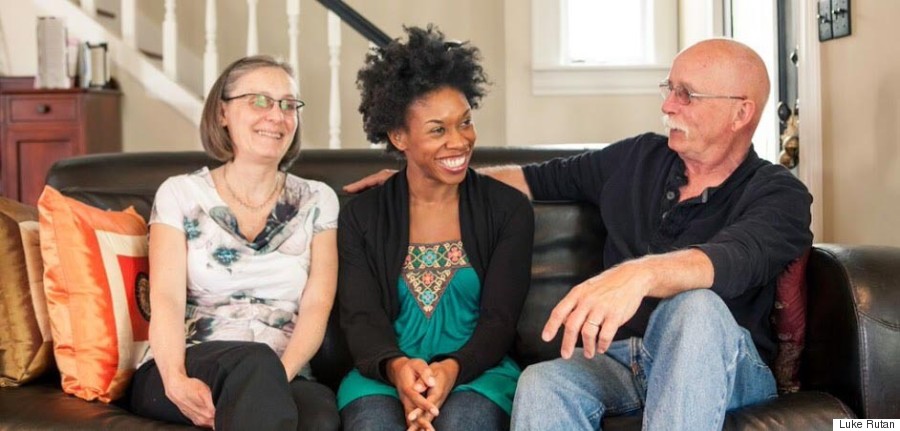The “Telling Part”: Reimagining Racial Recognition in Jackie Kay’s Adoptee Search NarrativesPosted in Articles, Literary/Artistic Criticism, Media Archive, United Kingdom on 2015-07-19 22:12Z by Steven |
The “Telling Part”: Reimagining Racial Recognition in Jackie Kay’s Adoptee Search Narratives
Contemporary Women’s Writing
Volume 9, Issue 2 (July 2015)
pages 277-296
DOI: 10.1093/cww/vpu041
Pamela Fox, Professor of English
Georgetown University, Washington, D.C.
This article examines Jackie Kay’s earliest and renowned autobiographical poetic text, The Adoption Papers (1991), in relation to her latest narrative memoir, Red Dust Road (2010), and in the context of racial recognition theories recently revived in transracial adoption (TRA) discourse, as well as in transnational adoptee versions of TRA search narratives. Investigating the tropes of mirrors and bodily markings recurring in both texts, the article also draws on literary theories of recognition to enrich our understanding of Kay’s unique and dual intervention into TRA debates around notions of kinship, as well as autobiographical narrative models that fully reject or embrace a longing for racialized epistemic and narrative wholeness. Kay periodically preserves yet ultimately reimagines the myriad tensions of seeking and practicing racial recognition by constituting it as a distinct but momentary kind of vision. Her practice of life writing highlights reading (both literal and interpretive) as a crucial component of self-construction that continually mediates between individual and group identities. She presents the adoptive self as a freeing constellation of shifting affiliations, but as the product of intertwined Western and diasporic histories and relations, her texts also bear the marks of longing for a singular legible “home,” a stable “I.”
Read or purchase the article here.


